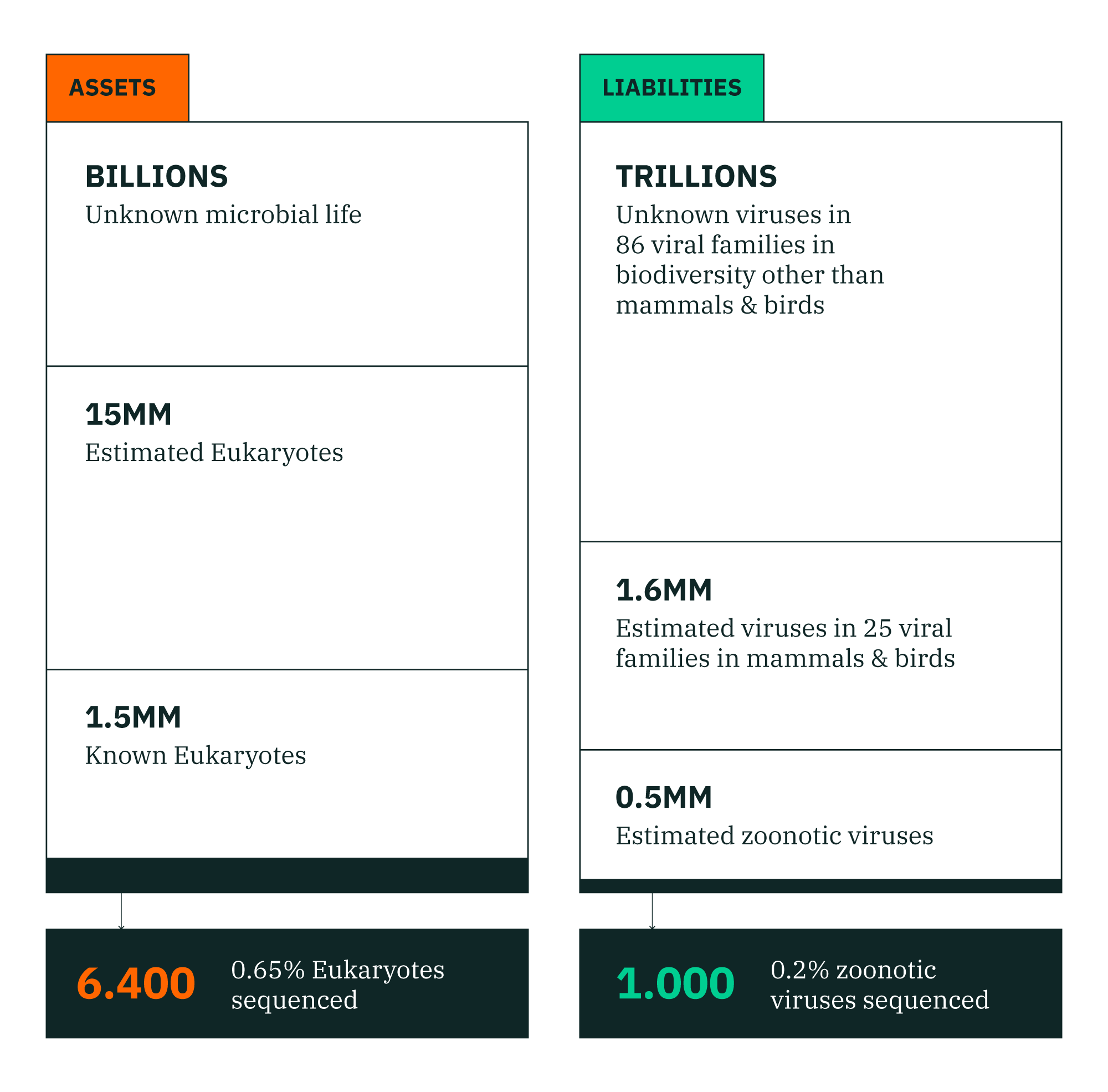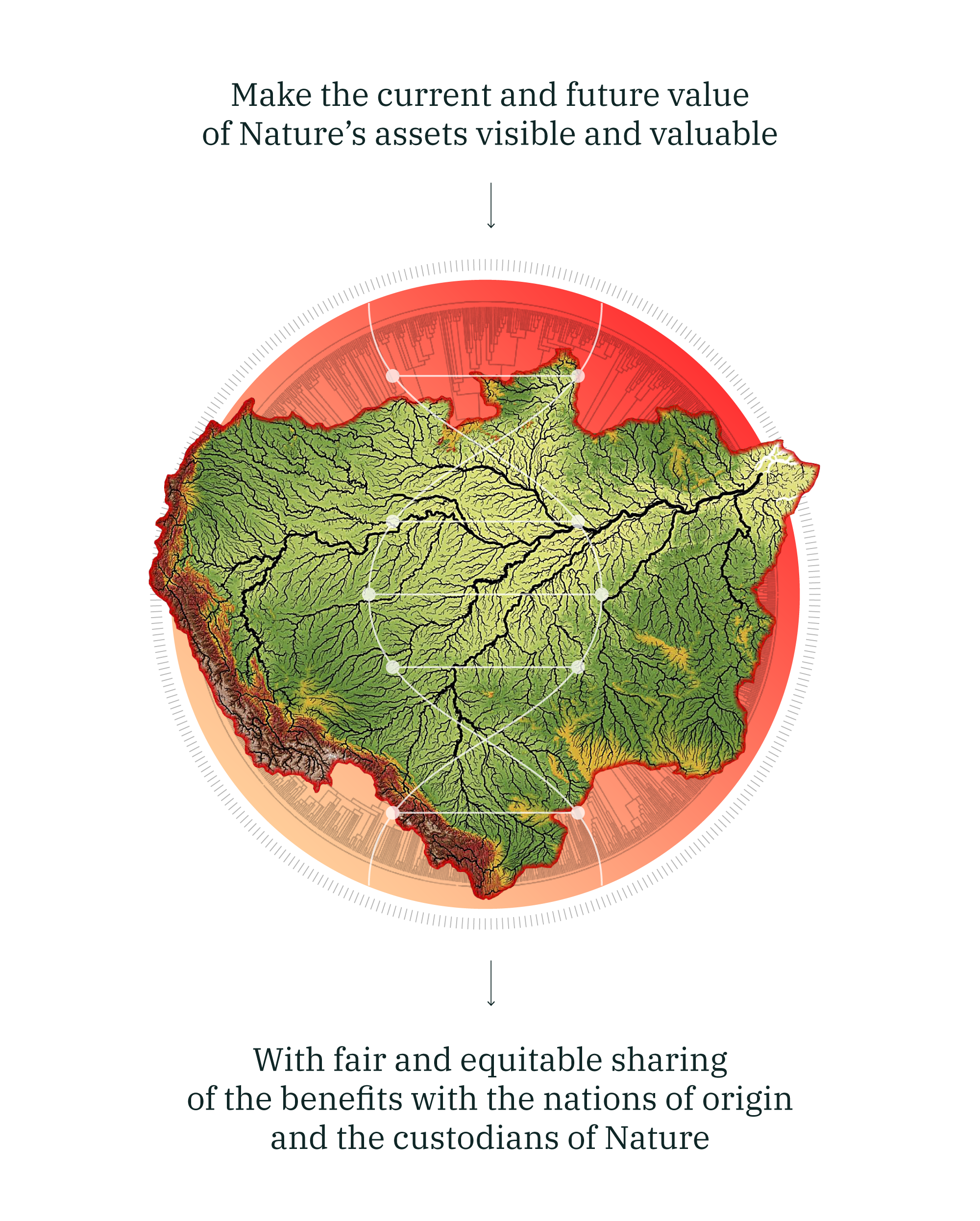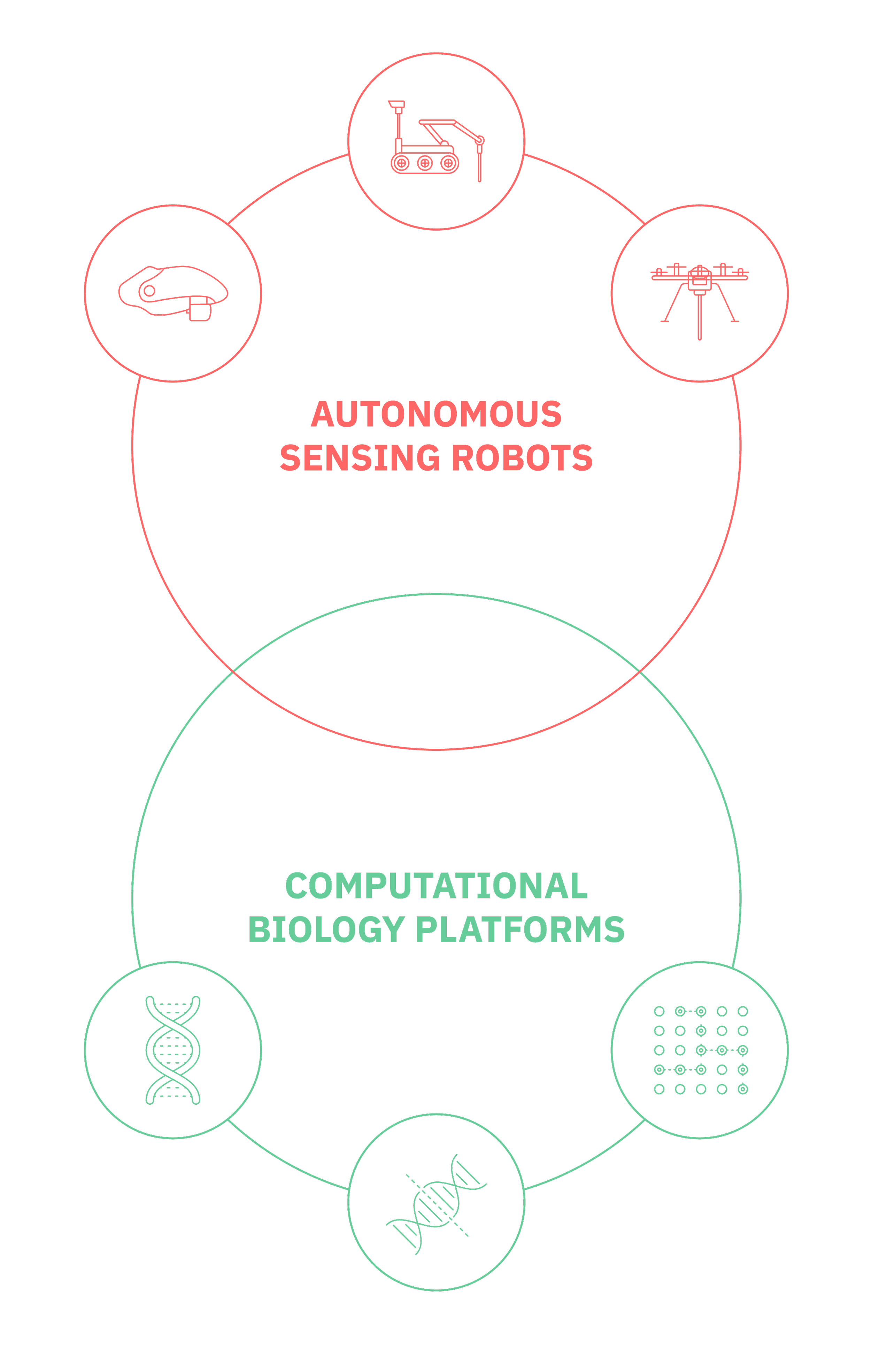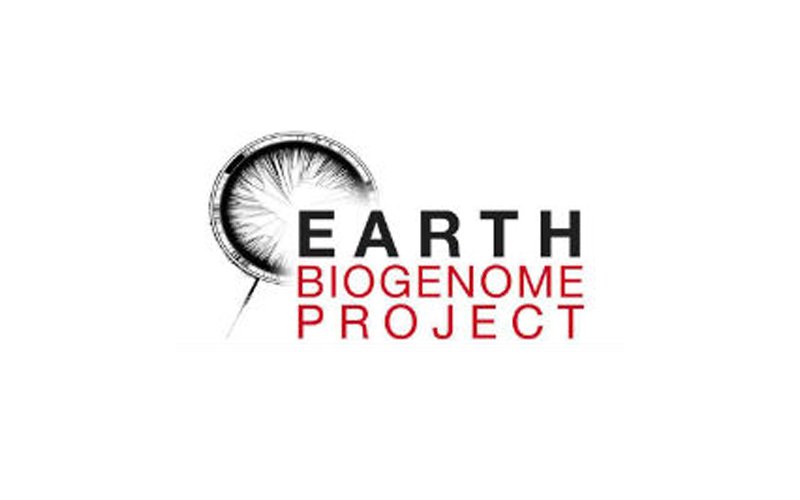
R&D
Opening up Nature’s biological assets for discovery whilst ensuring fair and equitable benefit sharing on invention
Writing and Making Sense of Nature’s Balance Sheet
Nature’s assets and liabilities are yet to be discovered
Decodifying the Book of Life can provide an inclusive bioeconomy development path for developing countries in the Tropics anchored on their unique biological assets and at same time provide the early warning for future pandemics.
Opening up Nature’s biological assets for discovery whilst ensuring fair and equitable benefit sharing on invention
KAA Biosciences aims to make nature’s biological assets visible and accessible to scientists and innovators around the world, while at same time ensuring fair and equitable sharing of the commercial benefits that may ensue, in alignment with the Convention of Biodiversity’s Nagoya Protocol.
Much of the wealth created historically using Nature’s biological assets have not been equitably shared with biodiverse-rich nations and their peoples
-
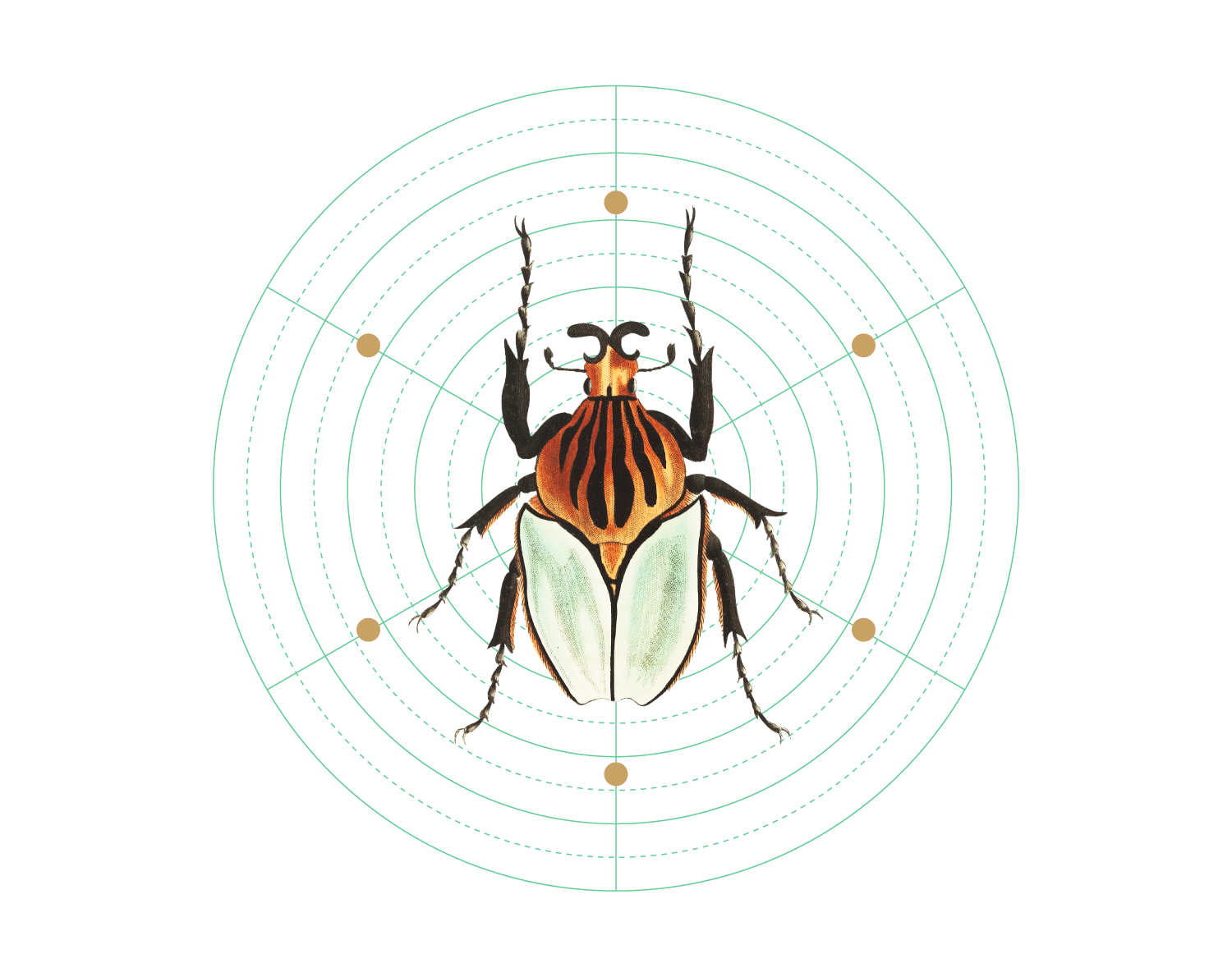
Pervasive Intended and Unintended Bio-piracy in biodiverse regions
Historically, pervasive bio-piracy has been a barrier for developing an inclusive bio economy in the Tropics that is in harmony with people and Nature.
-
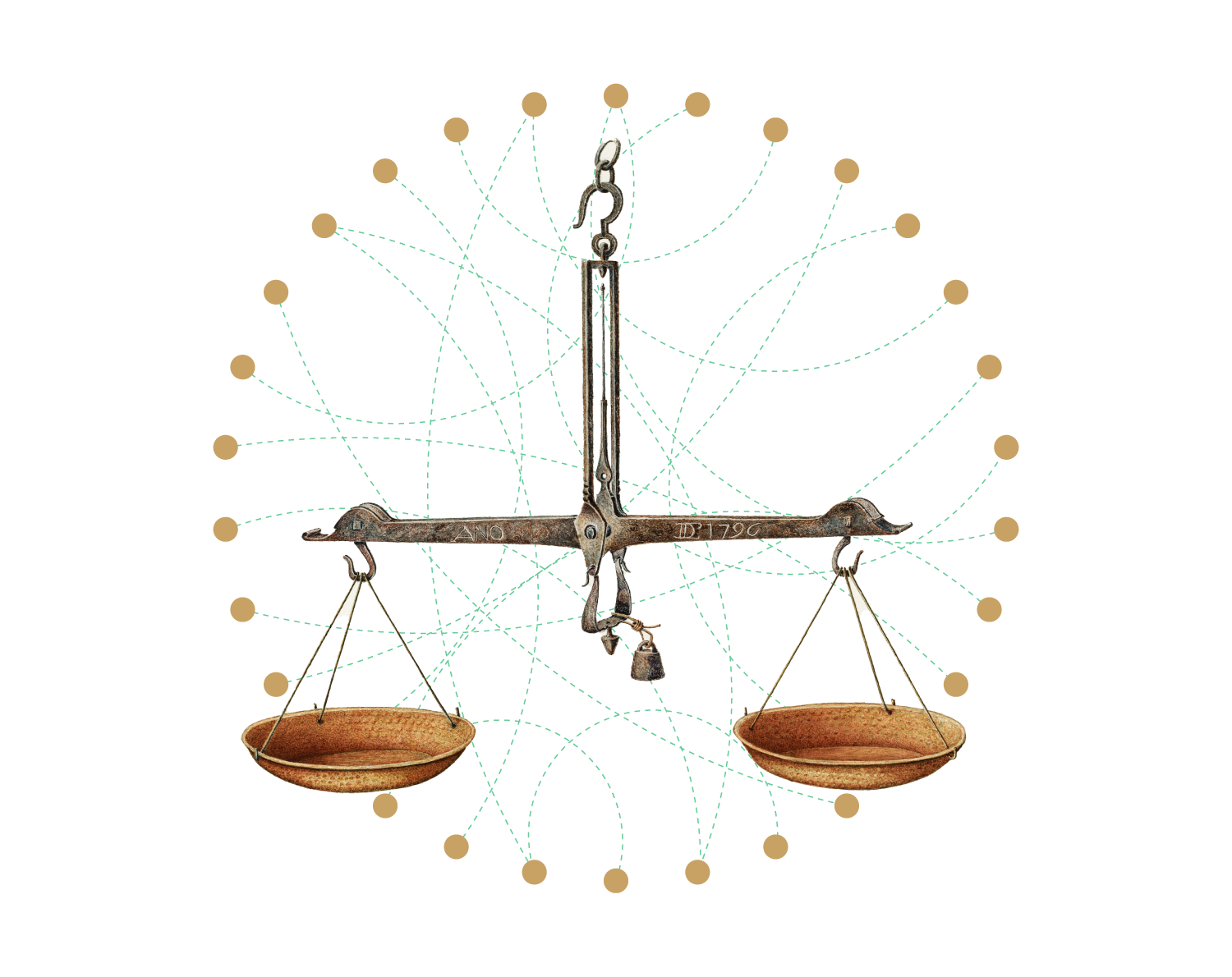
Lack of Trust driven by limited commercial benefit sharing to-date
Historically, the commercial benefit sharing to biodiverse regions arising from the ABS provisions of the Convention of Biodiversity’s Nagoya Protocol has been limited.
-
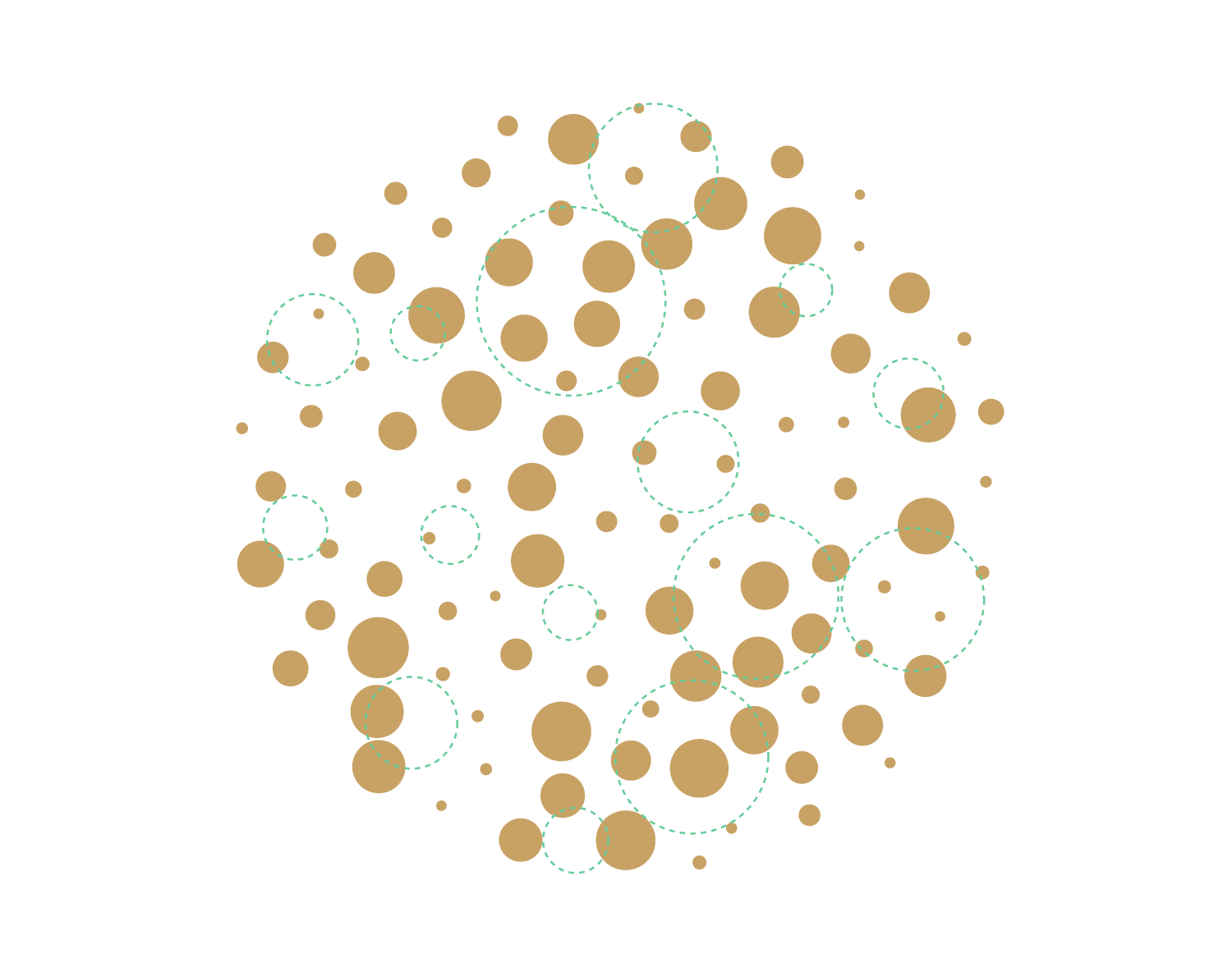
Regulating Digital Sequence Information is complex
It will be foundational to maximize societal impact with Digital Sequence Information fueling the advancement of genomics, computational biology and synthetic biology.
The Amazon Basin is our testbed
-
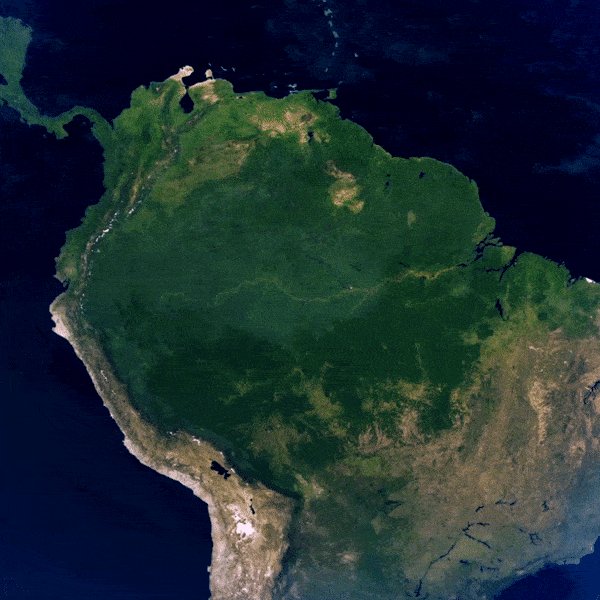
Up to 60% of the Amazon Basin may be lost to a degraded savannah
The Amazon Basin has experimented 6 mega-extreme events in the last 12 years: 3 mega-droughts and 3 mega-floods of probability of occurrence of less than 1 in 200 years. This may be signaling that we may be dangerously close to an irreversible tipping point.
Source: NHK TV, Japan, January 2020; adapted by Carlos Nobre, 2021
-
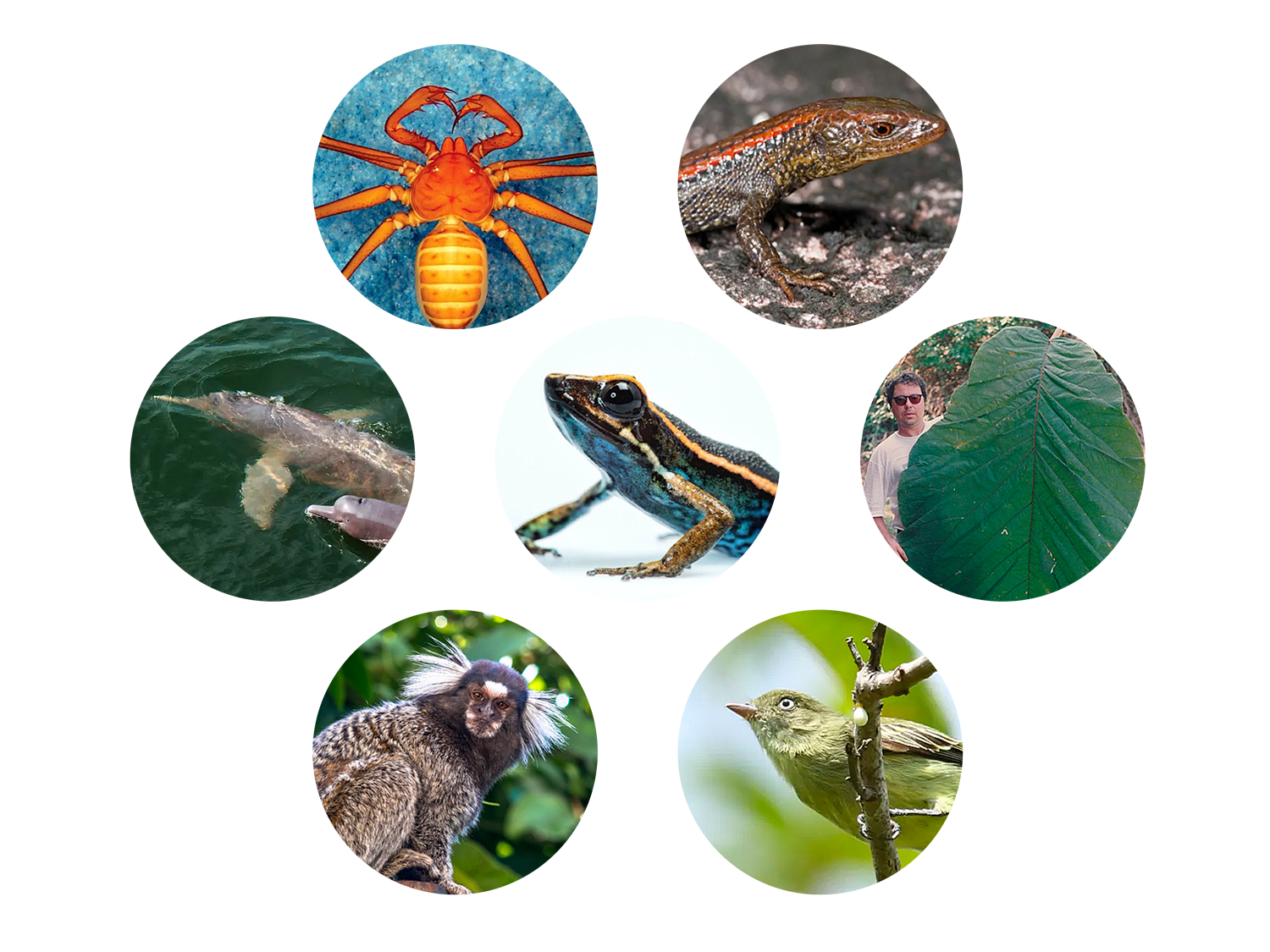
With ‘analog' practices, 1 new species is discovered every 3 days
Given the enormous complexity of accessing the terrestrial, aquatic and aerial ecosystems of the Amazon to discover its lifeforms, current ‘analog’ field science approaches may be limited to a relatively low rate of discovery and understanding.
Sources: 1. Charinus brescoviti sp. n. (female, MNRJ 9186) - © 2016 Giupponi, de Miranda, 2. Riolama inopinata - © Philippe J R Kok/Zoological Journal, 3. Inia araguaiaensis - © Gabriel Melo Santos/WWF/AFP/Getty Images, 4. Ameerega shihuemoy - © Charlie Hamilton James / National Geographic, 5. Coccoloba gigantifolia - © Rogério Gribel, 6. Mico munduruku, 8. Zimmerius chicomendesi - © Fabio Schunck/WWF.
-
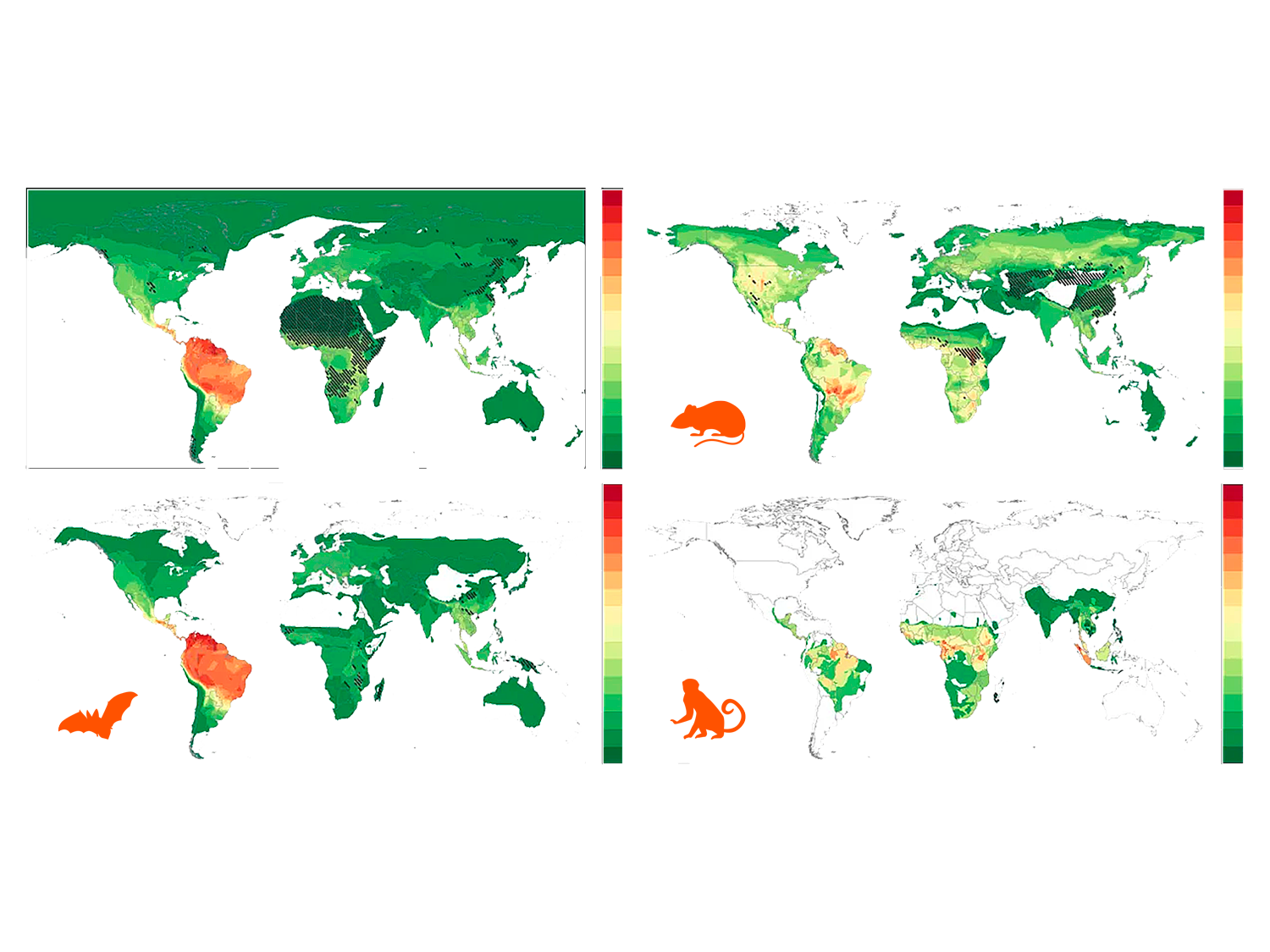
The Amazonian Basin may harbor the largest pool of zoonotic viruses
The spillover risk of the largest pool of undiscovered zoonotic viruses living in Amazon bats, primates and rodents hosts is very high - given the Amazon’s accelerating degradation in conjunction with increasing exposure of humans with wildlife and livestock.
Source: Graph by K J Olival et al. Nature 1–5 (2017)

Scaling an Amazon-wide Early Warning System for zoonotic virus spillover and preparing for next pandemic
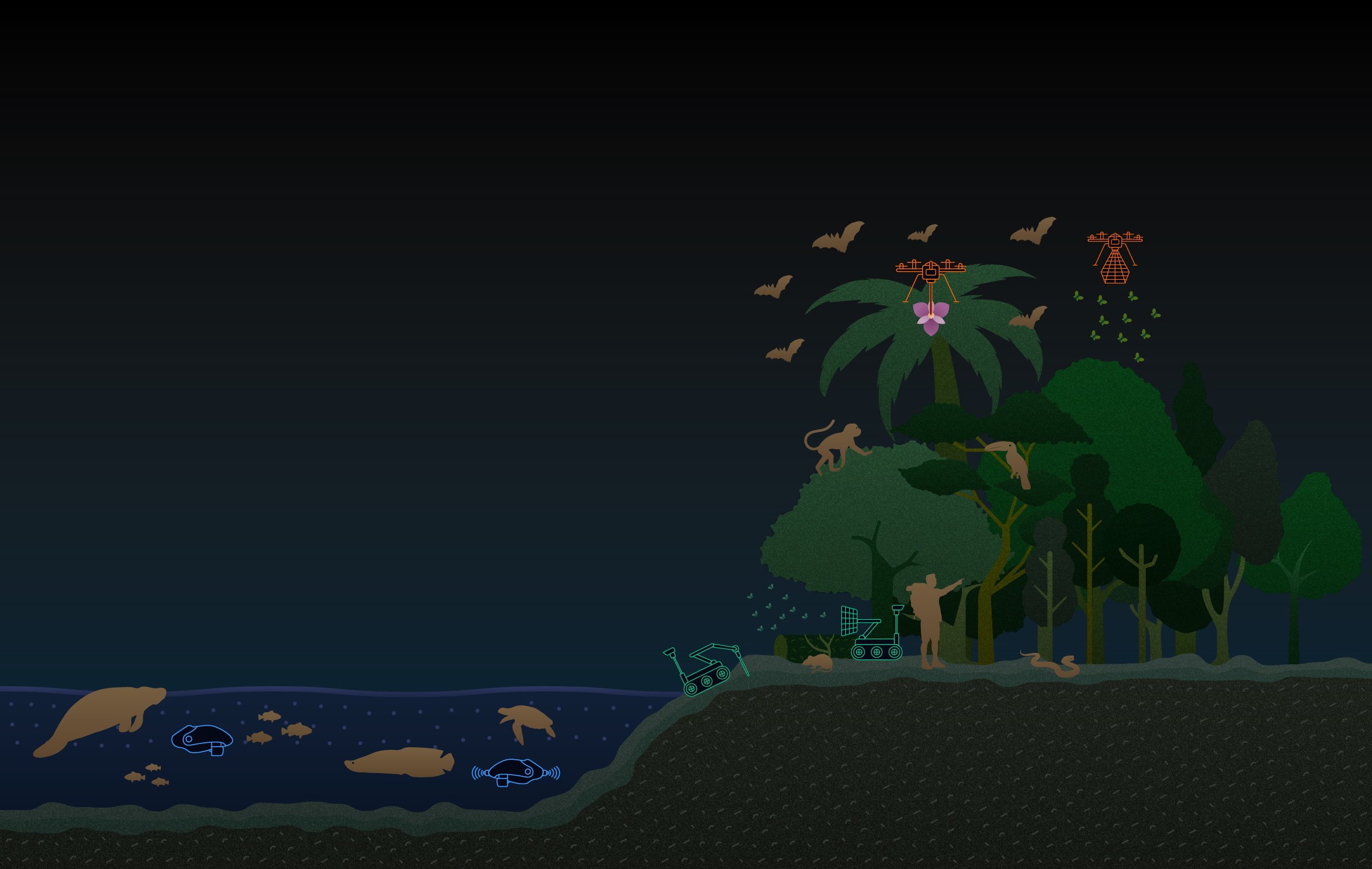
Deploying a swarm of autonomous sensing robots to write and make sense of the Amazon Book of Life.
To write and make sense of the Amazon Book of Life will require scaling autonomous systems for low-cost automated biodiversity field sampling.
Aquatic Systems
Terrestrial Systems
Aerial Systems
Scaling an Amazon-wide Early Warning System for zoonotic virus spillover and preparing for next pandemic.
The robotic systems we aim to use will be equipped with multiple advanced sensor payloads to autonomously sense, predict, and discover life in the Amazon across all major taxa to understand their genomics, the biochemical processes involved, the biological and ecosystem functions at play, and their complex interrelationships to inform the best forest conservation pathways and approaches needed, and ultimately understand and quantify the risks of pathogen spillover events leading to future pandemics.
Architectural Blueprint for Preventing and Preparing for Next Pandemic
Partner
Earth BioGenome Project
The Earth BioGenome Project, a moonshot for biology, aims to sequence, catalog and characterize the genomes of all of Earth’s eukaryotic biodiversity on land and oceans.

